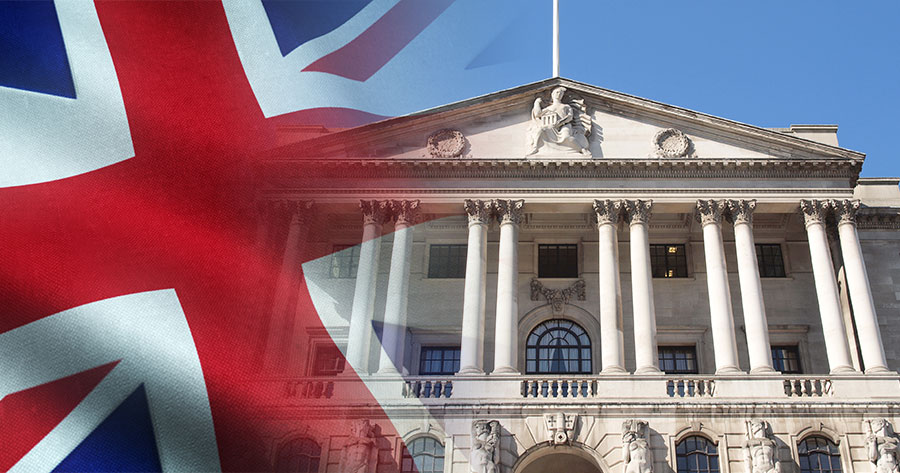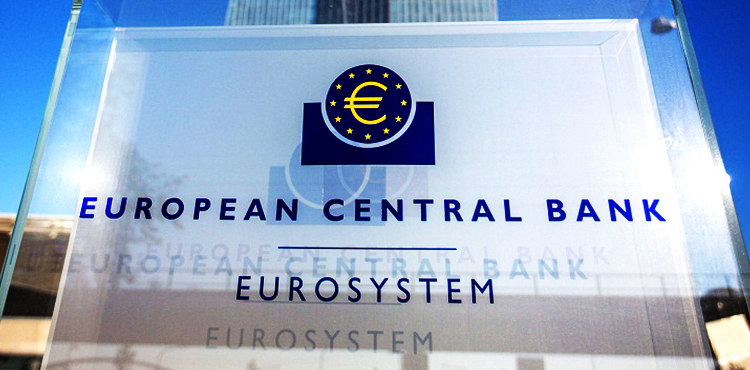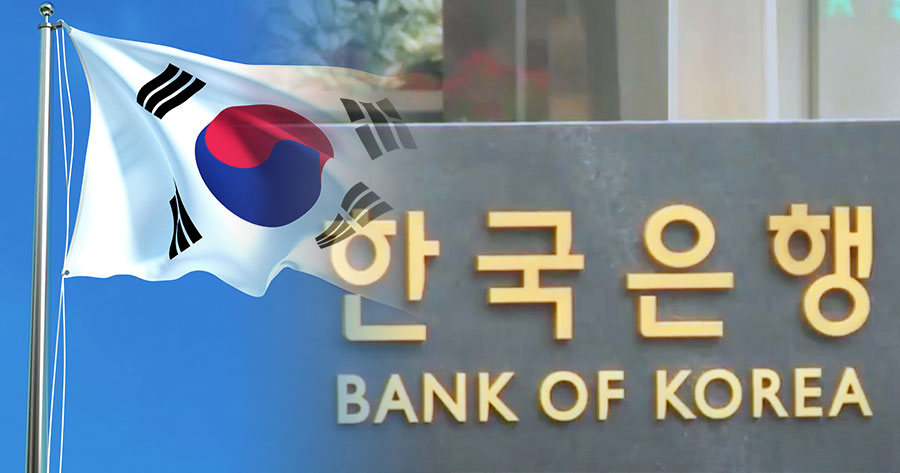The Bank of England chose to maintain interest rates at its June meeting, deeming the decision as “finely balanced” following the achievement of the U.K.’s 2% inflation target.
This led to an increase in the likelihood of an August rate cut to almost 50-50, as investors interpreted the communication from the bank as subtly dovish.
The central bank’s key rate remains at 5.25%, a level it has retained since August 2023, marking a 16-year high. While seven members of the Monetary Policy Committee voted in favor of holding rates, two members were in favor of a 25 basis points cut, mirroring the situation at the May meeting.
The MPC acknowledged that inflation had met the central bank’s target and highlighted that measures of “short-term inflation expectations” and wage growth had softened.
The Office for National Statistics reported on Wednesday that UK inflation dropped to the Bank of England’s target of 2.0% in May, marking the final release of this crucial economic indicator before the national elections in July.
The headline figure decreased from 2.3% in April, aligning with the 2% forecast from economists surveyed by Reuters. Services inflation, particularly significant for the BOE due to its prominence in the UK economy and its representation of domestically-driven price increases, stood at 5.7% in May, down from 5.9% in the prior month. Core inflation, excluding energy, food, alcohol, and tobacco, declined to 3.5% from 3.9% in April.





